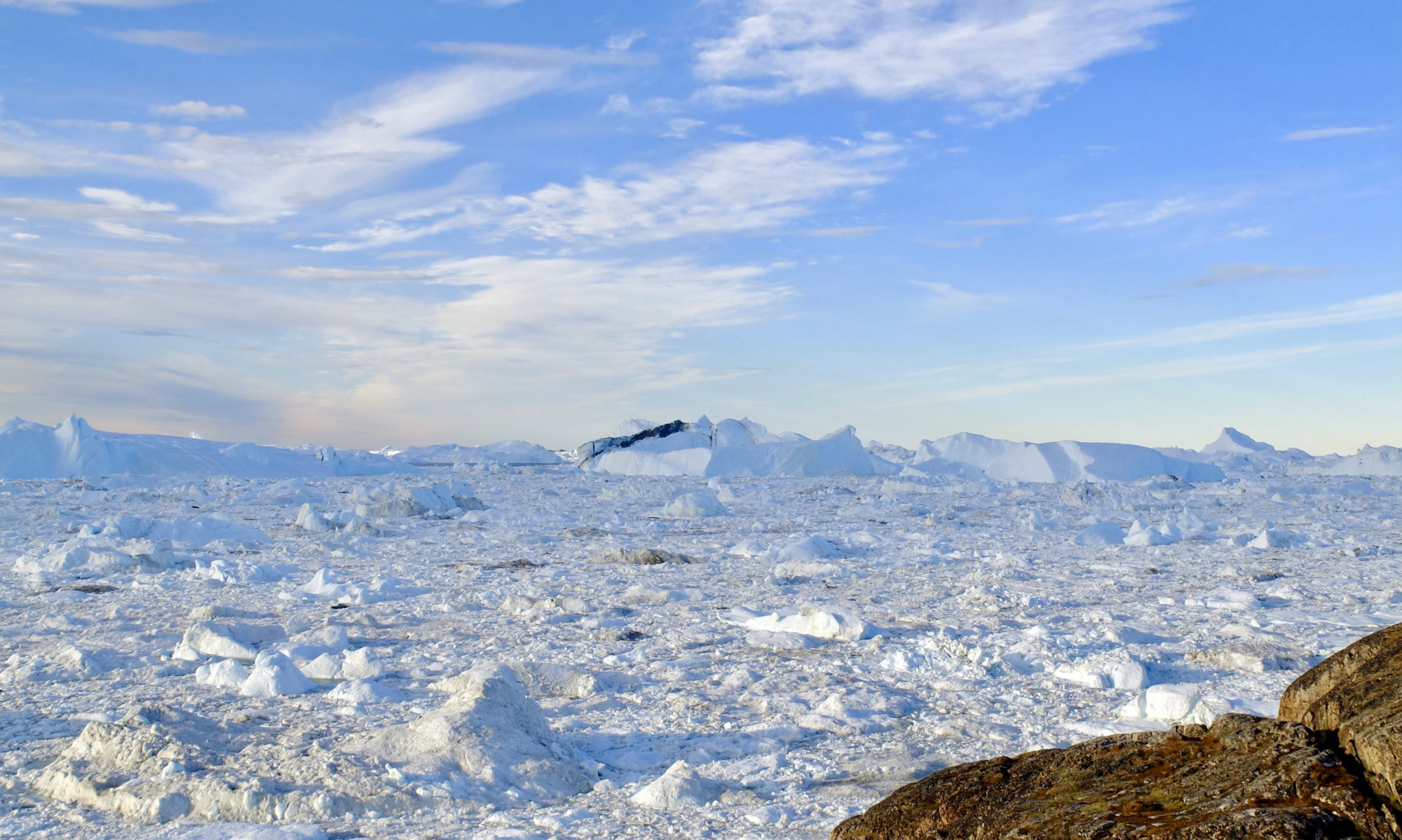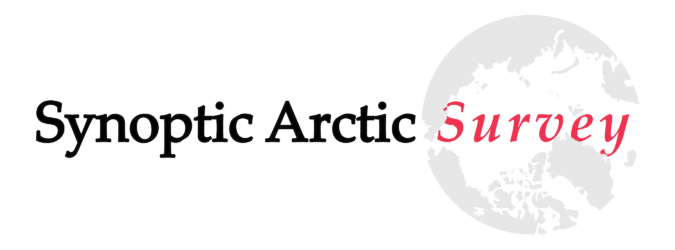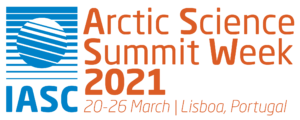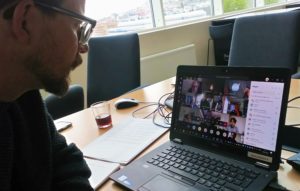April 22nd – Arctic Science Snapshots: Early Career Scientists, 16:00-17:30 (CEST)
In this SAS-webinar, Early Career Scientists (ECS) will present snapshots of their research in the Arctic. Short and concise presentations covering ongoing or planned studies of changes in physical oceanography, marine ecosystems as well as carbon cycle and ocean acidification.
Contribution from the participants in the SAS-Oden expedition July-September 2021:
Lennart Gerke (PhD-student, Helmholtz Centre for Ocean Research GEOMAR, Germany): Ventilation Timescales, Anthropogenic Carbon and Variability in the Arctic Ocean – Ventilation and anthropogenic carbon storage in the Arctic Ocean provided by transient tracer data. E-mail: lgerke@geomar.de
Yannis Arck (PhD-student, Heidelberg University, Germany): Ventilation Timescales, Anthropogenic Carbon and Variability in the Arctic Ocean – A combination of stable noble gas isotopes with Ar39 and C14 applied on arctic ocean ventilation and sea ice formation E-mail: yannis.arck@iup.uni-heidelberg.de
Claudia Morys (Postdoc, Stockholm University, Sweden): Driving factors for regional variation in benthic species communities in the Central Arctic Ocean. E-mail: claudia.morys@su.se
Flor Vermassen (Postdoc, Stockholm University, Sweden): Arctic invasions of sub-polar planktonic foraminifers in the past and present – The hunt for Turborotalita. E-mail: flor.vermassen@gmail.com
Christien Laber (Postdoc, Linnaeus University, Sweden) Grazing and viral lysis of picophytoplankton in the Central Arctic Ocean. E-mail: christien.laber@lnu.se
Ashish Verma (Postdoc, Umeå University, Sweden): Maintenance respiration and morphological adaptations of prokaryotes in the Central Arctic Ocean. E-mail: ashish.verma@umu.se
Lisa Winberg von Friesen (PhD-student, University of Copenhagen, Denmark): An overlooked source of nitrogen? Diazotrophy in the Central Arctic Ocean. E-mail: lisa.vonfriesen@bio.ku.dk
Birthe Zäncker (Postdoc, The Marine Biological Association of the United Kingdom, UK): Production and export of phytoplankton-derived organic matter in the changing Arctic Ocean – Role of parasites, saprotrophs and mineral ballasting. E-mail: birzan@mba.ac.uk
Eun Yae Son (PhD-student, Graduate school of frontier science, The University of Tokyo, Japan): Turbulent mixing in the western Arctic from the Mirai cruises (tentative). E-mail: son-eun-yae792@g.ecc.u-tokyo.ac.jp




